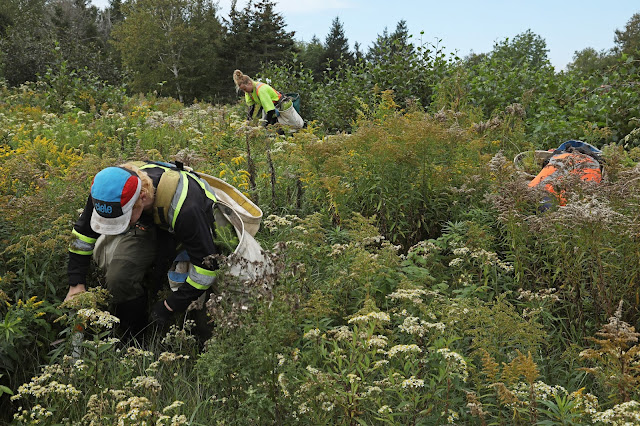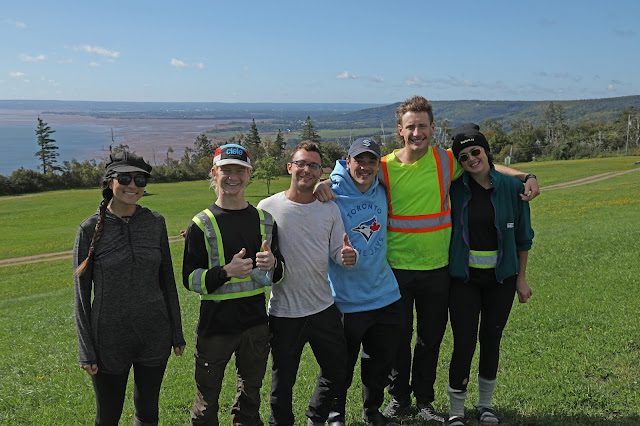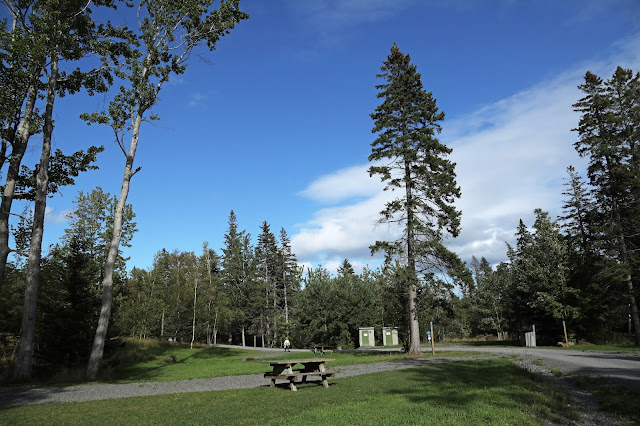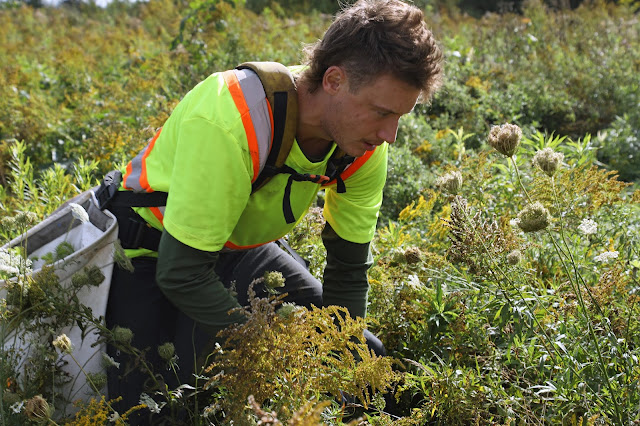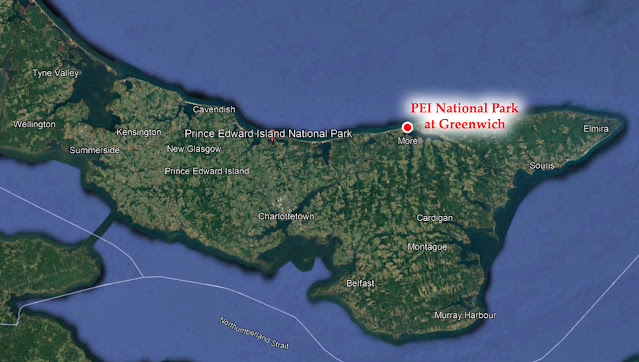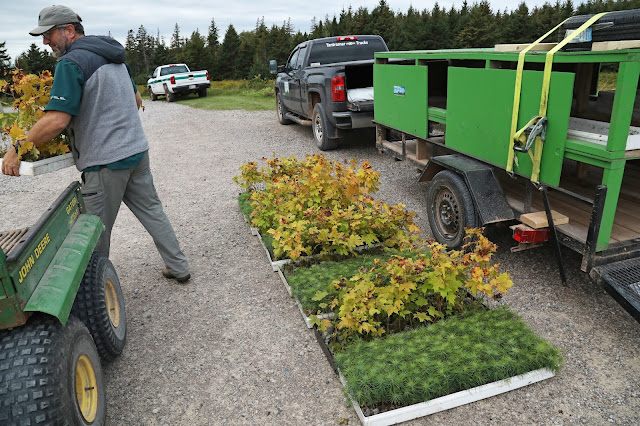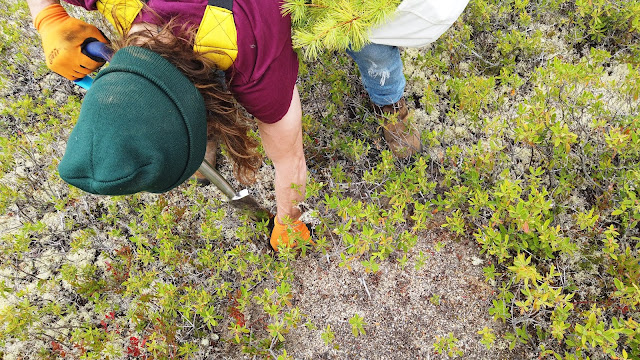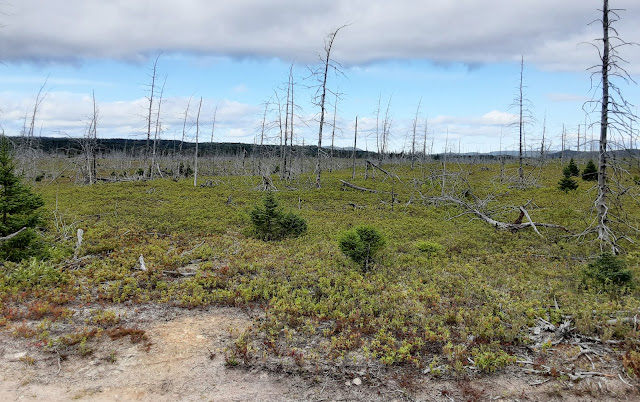Our organization performed some creek restoration work in central British Columbia this past August (2021). The work was done in an area in central British Columbia, in the Kamloops region, in an area that had burned during the Elephant Fire in 2017.
The Elephant Fire was an enormous wildfire that occurred in central BC in 2017. By the time it was finished, it burned 191,865 hectares. For our readers that understand acres, that's just shy of half a million acres.
To put that into perspective, the average amount of ground in BC burned by wildfires each year between 2010 and 2016 was less than the size of this single fire. Stanley Park in Vancouver is 405 hectares, so this fire was the size of 473 Stanley Parks. New York City's Central Park is 341 hectares, so this fire was the size of 562 Central Parks.
Here's a graphic (courtesy of NASA) that shows the location of our project. This satellite imagery was taken on August 22nd, 2017, while the fire was still active. Note that North is not quite vertically oriented to the top of the map:
And for those of you who are unfamiliar with Clinton or Cache Creek, they're in south central BC (alongside Highway 97), as can be seen in this graphic from Google Earth:
Various governments, NGO's, and corporations have been working hard for the past few years to help reforest this wildfire. That work will continue for a few more years, due to the sheer size of the burn. Tens of millions of trees will have eventually been planted by all of the various entities combined.
A lot of the work done to date has been concentrated on land parcels that were already established within the provincial forestry GIS system. Some of these areas were never-harvested Old Growth Management Areas, and some were previously-harvested forestry cutblocks. However, because the Forest and Range Practices Act of British Columbia prohibits logging alongside creeks and within stream buffers, the areas that have been replanted to date often exclude those important strips. Unfortunately, the wildfire did not respect the same boundaries. We now have a situation where a lot of forest creeks and streams now have no tree coverage, which is bad because these watershed features are the most important parts of local ecosystems.
Our goal for 2021 was to target some of those creek buffers, to help restore the vegetation belt. The areas that we worked in [to date] were almost exclusively pure conifer stands before the fire, so even though we planted thousands of trees on this project, we limited this phase of the project purely to conifers. Although we love to plant deciduous species on many of our projects, we also need to mimic nature, which informed the final prescription. The conifers will also provide better shade opportunities in the late winter and early spring, moderating the severity of the spring freshet. In future phases, however, our goal is to include cottonwoods, trembling aspen, birch, and rocky mountain maples. And luckily, these species are all starting to regenerate naturally too, which is very helpful to the local watersheds.
What is especially unfortunate is that as large as this fire was, it was only the third-largest fire in British Columbia in 2017. The Hanceville Fire and the Plateau fire were both significantly larger.
If you'd like to learn more about the Elephant Hill fire, here are several media articles:
thenarwhal.ca/bc-forest-fires-restoration-secwepemc
www.coastmountainnews.com/news/rancher-helps-find-cattle-in-elephant-hill-fire
wildfiretoday.com/2017/07/31/elephant-hill-fire-in-british-columbia-grows-to-194000-acres
www.coastmountainnews.com/news/2017-elephant-hill-wildfire-most-likely-cause-by-smoking-materials
You can see more photos of our 2021 tree planting work in our public 2021 Planting Photos folder on Dropbox.
Thanks for reading!
Replant.ca Environmental is a Canadian company that plants trees for carbon capture and builds community forests. We also plant trees in national, provincial, and municipal public parks to mitigate damage from wildfires, storms, insects, and forest diseases. We operate thanks to numerous small contributions from the general public, in addition to larger project sponsorships from businesses and corporations around the world. If you'd like to learn how to show your support, visit our donations page. Even if you aren't able to make a contribution, we very much appreciate when people are able to share our posts or our website link on social media, to help spread the word about the work that we're doing!
To learn more about the various species that we plant, visit the conifers page or the deciduous (hardwoods) page on our website. Thanks so much for your interest!
Incidentally, our organization is often seeking additional land for our carbon capture projects. Please visit this link if you might know of a recently-harvested property that we could rebuild into a permanent legacy forest.








